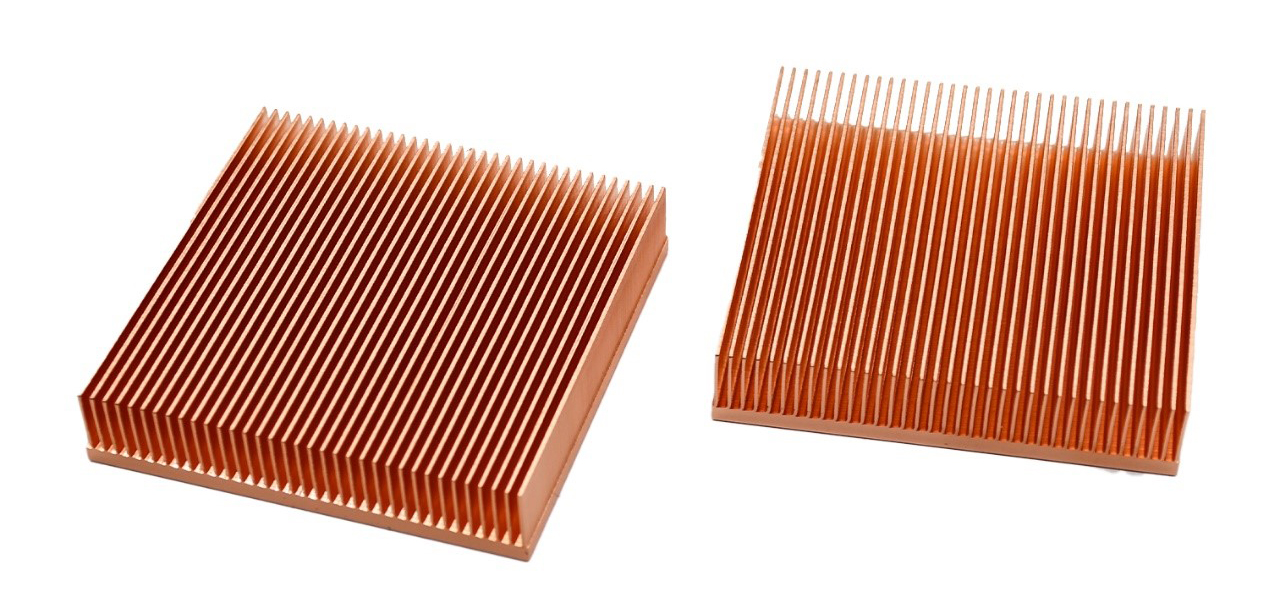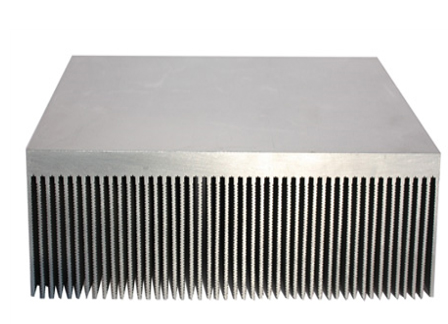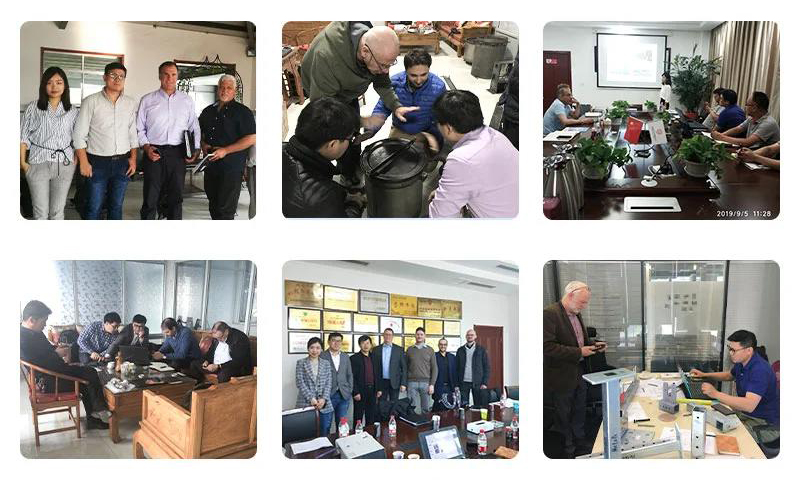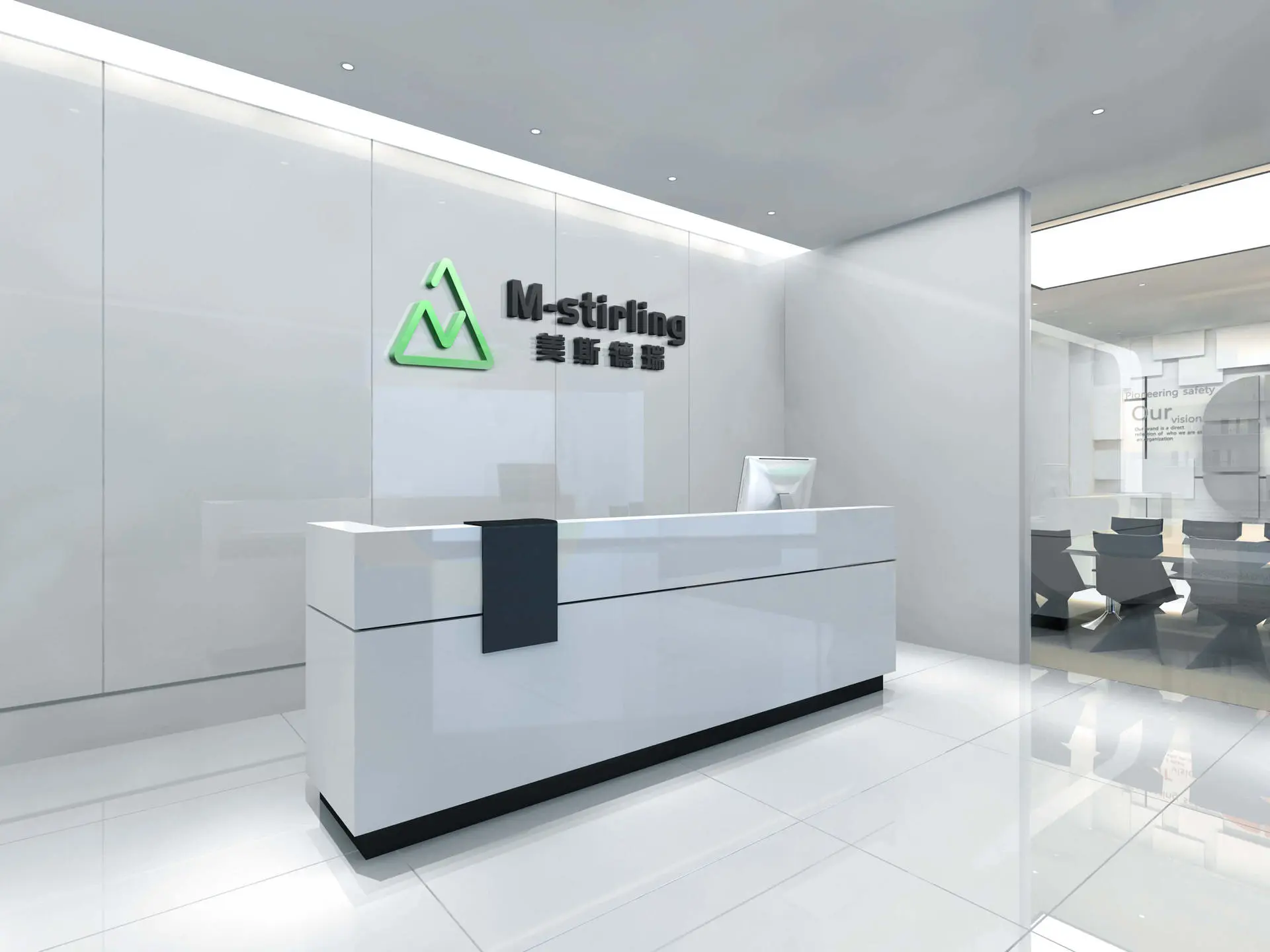- All
- Product Name
- Product Keyword
- Product Model
- Product Summary
- Product Description
- Multi Field Search



| Availability: | |
|---|---|
Product name: copper pipe heat sink extrusion heat pipe heat sink
Copper pipe extrusion heat sinks are a highly efficient thermal management solution that offers a unique combination of strength, durability, and excellent thermal conductivity. These heat sinks are made using a specialized extrusion process in which copper is heated and then pushed through a die to create the desired shape. The resulting copper pipes have internal fins that increase the surface area and maximize heat transfer. The high thermal conductivity of copper ensures that heat is quickly and efficiently dissipated from the device, making this heat sink ideal for use in electronic devices and applications that generate high levels of heat. Copper pipe extrusion heat sinks are commonly used in applications such as motor drives, power supplies, industrial automation equipment, and telecommunications infrastructure. They offer an effective and reliable thermal management solution that can help improve the performance and lifespan of electronic components. Overall, copper pipe extrusion heat sinks provide a durable and highly efficient way to manage heat in electronic devices and applications.
PRODUCT DESCRIPTION | ||
NO. | ITEM | DESCRIPTION |
1 | Material | Aluminum alloy 6000 series and copper pipe |
2 | Section Dimension (W*H) | Up to 500*120 mm |
3 | Fin thickness | 0.2 to 1 mm |
4 | Fin spacing | Minimum 0.5 mm |
5 | Cooling Capacity | Up to 1200 W |
6 | Flatness for mounting surface | 0.15 mm |
7 | Surface roughness for mounting | 3.2 um |
8 | Manufacturing Method | CNC machining, extrusion and press |
9 | Cooling Method | Phase change |
10 | Surface Finish | Mill finish |
11 | Warranty time | 1 year |
12 | Place of Region | Jiangsu province of China |
13 | Reference Standard | GB/T 3190-2008,ISO 2768 |
M-stirling’s heat sink technologies include
◆ CNC machined aluminum fins heat sink
◆ Skived aluminum heat sink
◆ Vacuum brazed bonded aluminum fins heat sink
◆ Extruded aluminum heat sink
◆ Die casting aluminum heat sink
◆ Epoxy glued bonded aluminum fin heat sink

▲ Copper heat sink
M-stirling's manufacture a wide range of heat sink include
● Cpu gpu ram heat sink
● Led aluminum heat sink
● Heat sink aluminum enclosure
● Copper heat pipe heat sink
● Liquid water cooling heat sink
● Inverter Aluminum Heatsink
● Other custom heat sinks

▲ Skived aluminum heat sink with copper heat pipe
Brief of heat sink
A heat sink (also commonly spelled heatsink) is a passive heat exchanger that transfers the heat generated by an electronic or a mechanical device to a fluid medium, often air or a liquid coolant, where it is dissipated away from the device, thereby allowing regulation of the device's temperature. In computers, heat sinks are used to cool CPUs, GPUs, and some chipsets and RAM modules. Heat sinks are used with high-power semiconductor devices such as power transistors and optoelectronics such as lasers and light-emitting diodes (LEDs), where the heat dissipation ability of the component itself is insufficient to moderate its temperature.
A heat sink is designed to maximize its surface area in contact with the cooling medium surrounding it, such as the air. Air velocity, choice of material, protrusion design and surface treatment are factors that affect the performance of a heat sink. Heat sink attachment methods and thermal interface materials also affect the die temperature of the integrated circuit. Thermal adhesive or thermal paste improve the heat sink's performance by filling air gaps between the heat sink and the heat spreader on the device. A heat sink is usually made out of aluminum or copper.
Product name: copper pipe heat sink extrusion heat pipe heat sink
Copper pipe extrusion heat sinks are a highly efficient thermal management solution that offers a unique combination of strength, durability, and excellent thermal conductivity. These heat sinks are made using a specialized extrusion process in which copper is heated and then pushed through a die to create the desired shape. The resulting copper pipes have internal fins that increase the surface area and maximize heat transfer. The high thermal conductivity of copper ensures that heat is quickly and efficiently dissipated from the device, making this heat sink ideal for use in electronic devices and applications that generate high levels of heat. Copper pipe extrusion heat sinks are commonly used in applications such as motor drives, power supplies, industrial automation equipment, and telecommunications infrastructure. They offer an effective and reliable thermal management solution that can help improve the performance and lifespan of electronic components. Overall, copper pipe extrusion heat sinks provide a durable and highly efficient way to manage heat in electronic devices and applications.
PRODUCT DESCRIPTION | ||
NO. | ITEM | DESCRIPTION |
1 | Material | Aluminum alloy 6000 series and copper pipe |
2 | Section Dimension (W*H) | Up to 500*120 mm |
3 | Fin thickness | 0.2 to 1 mm |
4 | Fin spacing | Minimum 0.5 mm |
5 | Cooling Capacity | Up to 1200 W |
6 | Flatness for mounting surface | 0.15 mm |
7 | Surface roughness for mounting | 3.2 um |
8 | Manufacturing Method | CNC machining, extrusion and press |
9 | Cooling Method | Phase change |
10 | Surface Finish | Mill finish |
11 | Warranty time | 1 year |
12 | Place of Region | Jiangsu province of China |
13 | Reference Standard | GB/T 3190-2008,ISO 2768 |
M-stirling’s heat sink technologies include
◆ CNC machined aluminum fins heat sink
◆ Skived aluminum heat sink
◆ Vacuum brazed bonded aluminum fins heat sink
◆ Extruded aluminum heat sink
◆ Die casting aluminum heat sink
◆ Epoxy glued bonded aluminum fin heat sink

▲ Copper heat sink
M-stirling's manufacture a wide range of heat sink include
● Cpu gpu ram heat sink
● Led aluminum heat sink
● Heat sink aluminum enclosure
● Copper heat pipe heat sink
● Liquid water cooling heat sink
● Inverter Aluminum Heatsink
● Other custom heat sinks

▲ Skived aluminum heat sink with copper heat pipe
Brief of heat sink
A heat sink (also commonly spelled heatsink) is a passive heat exchanger that transfers the heat generated by an electronic or a mechanical device to a fluid medium, often air or a liquid coolant, where it is dissipated away from the device, thereby allowing regulation of the device's temperature. In computers, heat sinks are used to cool CPUs, GPUs, and some chipsets and RAM modules. Heat sinks are used with high-power semiconductor devices such as power transistors and optoelectronics such as lasers and light-emitting diodes (LEDs), where the heat dissipation ability of the component itself is insufficient to moderate its temperature.
A heat sink is designed to maximize its surface area in contact with the cooling medium surrounding it, such as the air. Air velocity, choice of material, protrusion design and surface treatment are factors that affect the performance of a heat sink. Heat sink attachment methods and thermal interface materials also affect the die temperature of the integrated circuit. Thermal adhesive or thermal paste improve the heat sink's performance by filling air gaps between the heat sink and the heat spreader on the device. A heat sink is usually made out of aluminum or copper.

